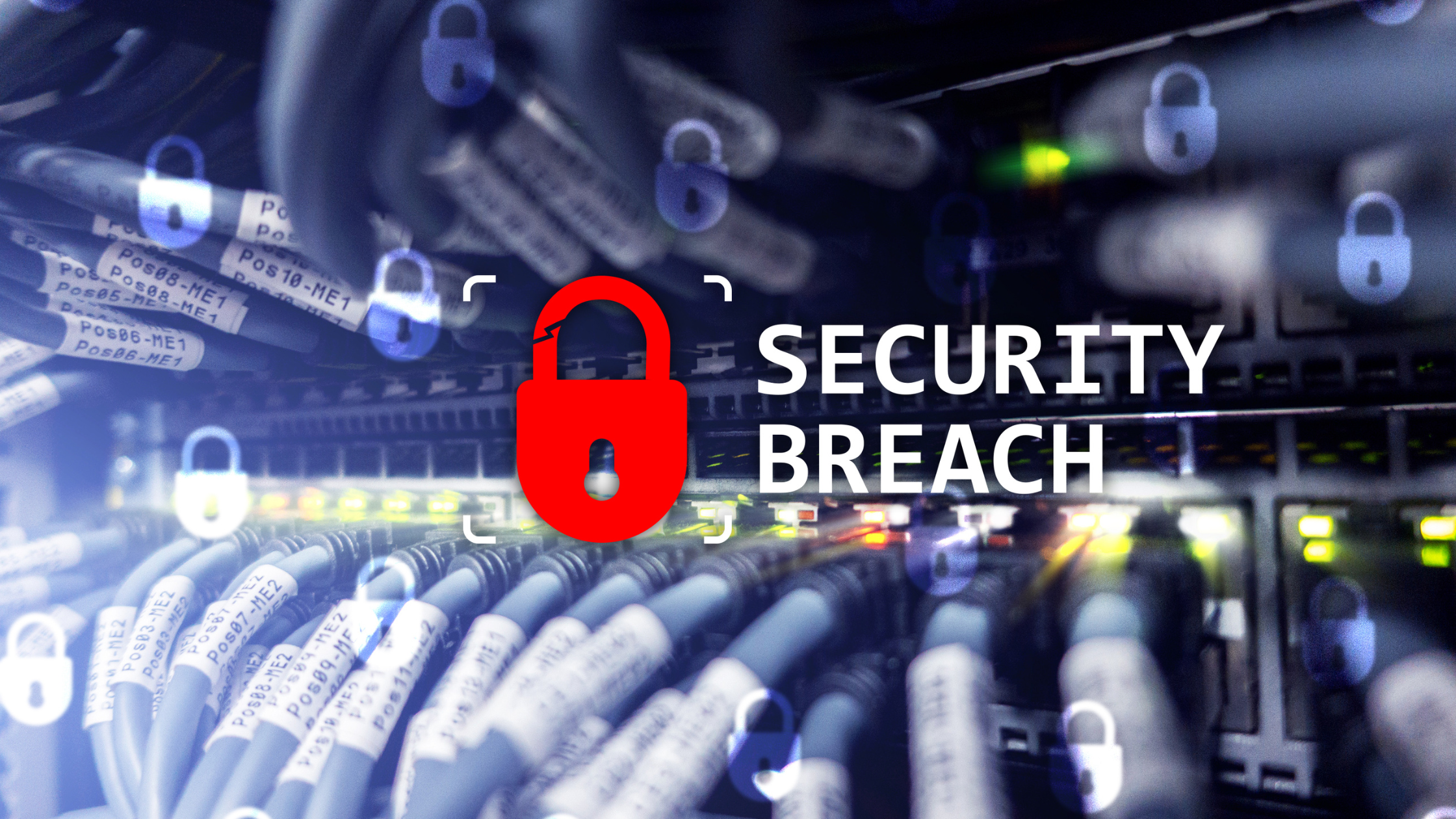In today’s hyper-connected digital world, your vendor’s security posture directly impacts your own. Massive breaches like SolarWinds, MOVEit, and Kaseya prove one alarming truth: if your vendor gets hacked, your business is in danger too.
A single vendor security breach can lead to operational downtime, data exposure, compliance violations, and a total breakdown of client trust. Small businesses are especially at risk due to limited resources for fast recovery.
In this guide, we’ll explore why vendor cybersecurity matters, how to perform risk assessments, and what steps your business can take to reduce third-party security threats.
The Reality: Third-Party Breaches Are Business Killers
Cybercriminals have evolved. Rather than targeting organizations directly, many now go through less secure third-party vendors—software providers, SaaS tools, cloud services, and even freelancers—to gain access.
Real-World Example:
A small fintech firm lost $4.8 million in 2023 after a vendor data processing platform was compromised. Even though the fintech company had solid internal protections, the breach at their vendor allowed lateral access into internal systems.
Why It Happens So Often:
- Vendors store or access sensitive client data
- Small businesses rarely enforce strict cybersecurity requirements
- Hackers exploit vendor connections to bypass stronger internal defenses
Why Vendor Risk Assessment Is Essential for SMBs
Many small businesses assume vendor security is only an enterprise concern. That’s a costly mistake. Even a small supplier handling email, storage, or billing can introduce serious vulnerabilities.
What Is a Vendor Risk Assessment?
A vendor risk assessment is the process of evaluating third-party service providers for security risks—before and during your working relationship.
Key Steps to Secure Your Vendor Network:
1. Inventory Your Vendors
Identify all external partners who interact with your data:
- Cloud storage providers
- SaaS platforms
- Freelancers with system access
- Marketing or billing platforms
2. Classify Vendor Risk
Not all vendors carry equal risk. Classify them based on:
- Type of data they access
- Level of system integration
- Access privileges
3. Evaluate Their Security Posture
Ask your vendors:
- Are you SOC 2 or ISO 27001 certified?
- Do you comply with PIPEDA, HIPAA, or PCI-DSS?
- Do you conduct regular penetration tests or security audits?
Vendor Security Best Practices to Demand
To protect against a vendor security breach, every business should require the following minimum safeguards from third parties:
- Multi-Factor Authentication (MFA)
Prevent unauthorized access to vendor accounts with strong MFA enforcement.
Bonus: CypherSwway’s Managed Endpoint Detection and Response service monitors and stops threats at all access points. - Data Encryption at Rest & In Transit
Ensure vendors encrypt sensitive data during storage and transfer. - Regular Patch Management
Confirm they apply software and firmware patches promptly to close vulnerabilities. - Role-Based Access Control (RBAC)
Limit access to only what each user needs for their job. - Audit Logs
Vendors must log and track all system access and modifications. - Defined Incident Response Contact
Designate a contact point for rapid coordination during a breach.
Critical Vendor Contract Clauses

Don’t rely on handshakes. Bake vendor security obligations into legally binding contracts.
Must-Have Clauses:
- Security Standards Clause:
Specify the baseline cybersecurity controls required (e.g., CIS Controls or NIST CSF compliance). - Breach Notification Clause:
Require notification of any data breach within 24–72 hours. - Ongoing Monitoring Clause:
Mandate periodic security updates and access reviews during the vendor relationship.
Stay Proactive: How to Monitor Vendor Security
Once a vendor is onboarded, your work isn’t done. Threat landscapes evolve, and vendors can become less secure over time.
Ongoing Monitoring Tips:
- Send annual vendor security questionnaires
- Use tools like SecurityScorecard, BitSight, or UpGuard to track risk ratings
- Watch for red flags:
- Delayed support or patching
- Staff turnover or management changes
- Legal trouble or recent data breach news
Quick-Start Tips for Small Businesses
Don’t let size stop you from implementing a strong vendor security strategy. Start simple:
Actionable Steps:
- Focus on your top 5–10 critical vendors
- Download security assessment templates from NIST, SANS, or CIS
- Educate internal teams (legal, procurement, IT) about contract security clauses
- Partner with a Managed Security Service Provider (MSSP) like CypherSwway for vendor evaluations
Don’t Rely Solely on Cyber Insurance
While cyber liability insurance can help with financial recovery, it won’t prevent the damage. Prevention through proper vendor due diligence and ongoing monitoring is more cost-effective and reputation-preserving.
Conclusion: Treat Vendor Security as Your Own
Your business is only as secure as the weakest link in your supply chain. Treat every vendor connection as a potential attack vector.
By implementing strong vendor onboarding procedures, requiring cybersecurity controls, and auditing third-party systems regularly, you can prevent devastating consequences from a vendor security breach.
Ready to secure your vendor ecosystem?
Contact CypherSwway today to schedule a free vendor risk assessment and learn how we can help protect your entire digital supply chain.

